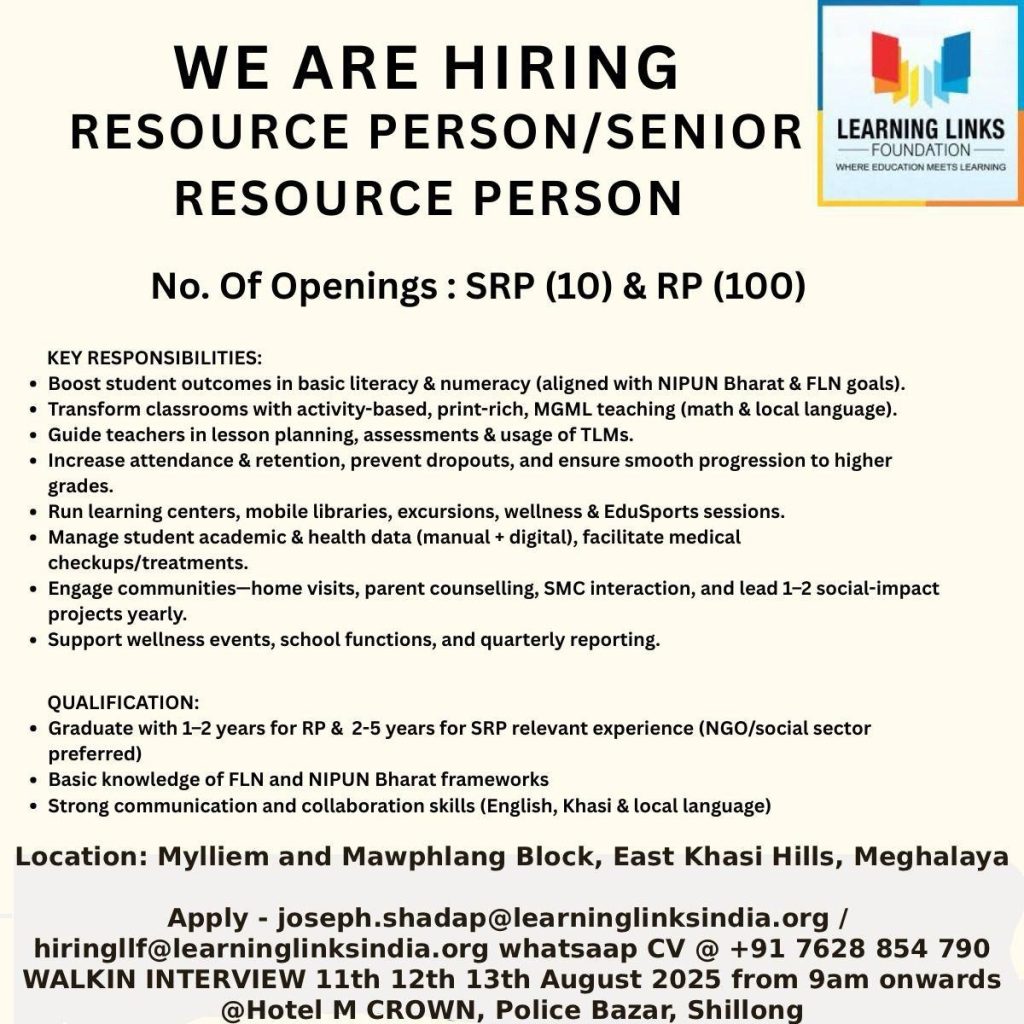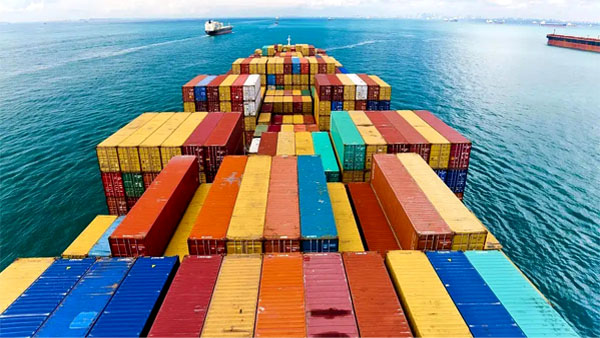By Manoranjana Gupta
What Changed—and How Big Is It?
In early August 2025, Washington announced sharp hikes that take duties on multiple Indian categories up to 50%, escalating an earlier 25% layer. This is among the steepest tariff moves aimed at a major partner in recent years and comes with a tight compliance runway. The message is not subtle: weaponise trade to influence India’s strategic choices and extract negotiating leverage.
Where the Pain Lands (Sector Snapshot)
The immediate squeeze falls on labour-intensive and mid-tech manufacturing: textiles and apparel, gems and jewellery, auto components, and seafood. Selected steel and aluminium lines are affected too. Pharmaceuticals appear relatively insulated for now, but compliance and logistics costs across the supply chain will still climb. For exporters running on 6–10% EBITDA margins, a sudden 50% border tax can be existential unless orders are repriced or rerouted.
The Numbers That Matter
The US is India’s top single-country market. Even modest demand destruction hurts clusters like Tiruppur (knitwear), Ludhiana (hosiery), Surat (gems and jewellery), and auto-component belts around Pune/Chennai. At a 50% tariff headline, buyers will seek discounts, delay shipments, or insist on split-routing—moves that compress margins and raise working-capital needs right when credit is already tight.
It’s Not Just America: The EU’s Carbon Wall
From 2026, the EU’s Carbon Border Adjustment Mechanism (CBAM) starts charging for embedded emissions in iron/steel, aluminium, cement, fertilisers, hydrogen and electricity, while free allowances wind down through the 2030s. For Indian metals exporters, that’s a second price wall rising just as US tariffs bite—making green process upgrades and origin-mix strategies urgent, not optional.
Where the Shock Lands Inside India
The tariff shock is not evenly distributed. MSME-heavy belts tied to US orders have the least cushion. Apparel hubs report buyers pausing or demanding double-digit markdowns; jewellery ecosystems fear order thinning and job losses. Ports and ICDs handling US-bound volumes will see churn as exporters experiment with diversion corridors to ASEAN, Africa, and Latin America. State-level responses—credit top-ups, freight relief, wage insurance—will decide whether small exporters survive the next two quarters.

Short-Term Macro Math (Conservative)
Assume 12–15% of India’s US-bound merchandise now faces the full 50% rate. If half that volume cannot be repriced, near-term output loss could reach ₹45,000–₹60,000 crore (0.15–0.20 percentage points of GDP). Offsets are available: diverting ~20% of the affected basket to non-US markets can claw back roughly a third of the shock; currency moves may cushion US sticker prices but raise imported input costs. The faster we implement sector-specific pivots, the smaller the drag on FY25 growth.
Why Now? The Strategic Backdrop
India’s 6–7% growth contrasts with sub-2% in much of the West, and New Delhi’s energy and geopolitical autonomy has hardened. Tariffs become a blunt instrument to slow market-share gains and placate domestic lobbies. Yet history shows such containment rarely works if the target economy moves up the value chain, widens market access, and builds recognisable brands—Japan in the 1980s and China in the 2000s wrote that playbook. India can too, on its own democratic, services-savvy, tech-enabled terms.
Sector-by-Sector: Immediate Pivots (With Targets)
• Textiles & Apparel: Shift mix toward technical textiles and performance wear where pricing power is higher; pursue “India+X” co-production with Vietnam/Bangladesh to create tariff-efficient blends. Target: restore pre-tariff margins in 3–4 quarters via mix upgrade and lead-time gains.
• Gems & Jewellery: Use the India–UAE CEPA logistics bridge to re-route to Middle East and ASEAN; scale lab-grown capacity where India can lead. Target: reduce US share from ~30% to <25% in 18 months while holding gross value added flat.
• Auto Components: Ring-fence CV/ICE parts most exposed to 50%; accelerate EV platform exports to tariff-lighter markets. Target: hold US revenue by repricing 25% of contracts and diverting 20% to ASEAN within 12 months.
• Steel/Aluminium: Launch green-steel pilots; secure EU-origin finishing partnerships to partially neutralise CBAM as charges phase in. Target: cut net CBAM exposure by 20% by 2027.
• Pharma: Lock multi-year US supply agreements; push complex generics and biosimilars while defending domestic affordability. Target: lift US share in complex products by 300 bps by FY27.
• Electronics/Energy Gear: Convert today’s tariff window into five-year contracts for electronics and clean-energy components. Target: raise electronics exports to the US above $15 bn by FY27 if exemptions hold.
India’s Six-Point Counter-Strategy (Quantified)
1) Diversify Demand: Fast-track CEPA/ECTA-style agreements with ASEAN, Africa, and LatAm; cut US/EU export share from ~33% to <25% by 2028.
2) Move Up the Value Chain: Extend PLI + R&D credits to green steel, specialty chemicals, med-devices, and semiconductors; lift manufacturing’s GDP share from 17% to 22% by 2030.
3) Prime Home Demand: Temporary GST 18%→12% on mass-consumption durables for 18–24 months to unlock ~₹1.2 lakh crore/year of additional spending.
4) Buy Time Legally: File at the WTO; use the litigation window to phase shipments, renegotiate Incoterms, and secure bridge pricing with top buyers.
5) Brand India, Not Just Inputs: Raise branded/final-goods export share from ~28% to 45% by 2032; deploy export credit for brand marketing and after-sales networks in non-US markets.
6) Finance the Pivot: Create a ₹50,000-crore Trade Shock Adjustment Facility for working-capital top-ups, diversion-route freight support, and rapid retraining (with outcome-linked subsidies).
Execution Dashboard (Quarterly)
• Export Mix: US/EU share vs ASEAN/Africa/LatAm; branded-goods share.
• Unit Economics: Realised FOB vs pre-tariff; margin recovery by sector.
• Investment: R&D intensity, PLI-2.0 capex committed.
• Jobs: Net manufacturing jobs added; retraining placements.
• Logistics: Lead times on diversion corridors; container availability and rates.
Conclusion — From Pressure to Power
Tariffs are meant to intimidate, but history shows they often accelerate the rise of the nations they target. India has the market depth, entrepreneurial capacity, and geopolitical leverage to flip this shock into an inflection point. If we act decisively—building new trade corridors, moving into higher-value products, and unlocking domestic consumption—this moment will be remembered not as the year the West tried to slow India, but as the year India turned external pressure into internal momentum and reshaped global trade on its own terms. That is the India-first path: less complaint, more competence; less vulnerability, more velocity.




